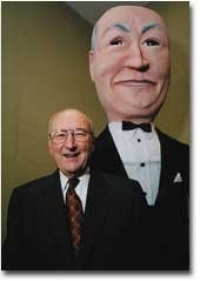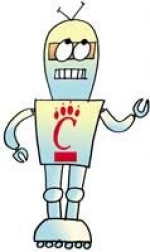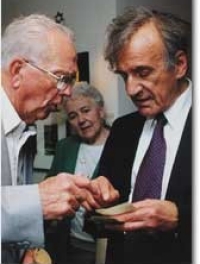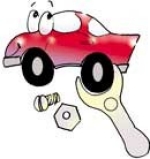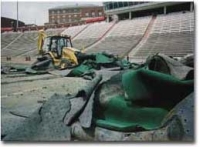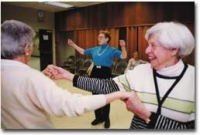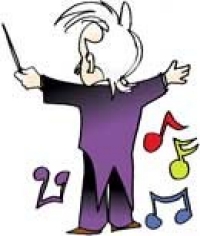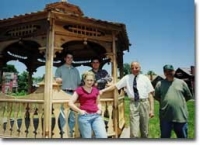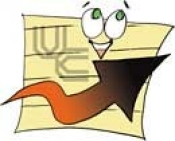Double your fun
A giant puppet in the likeness of former College-Conservatory of Music Dean Robert Werner seems to double the administrator's enjoyment of his May retirement celebration. The jovial figure was constructed for the college's amended production of "Il Viaggio a Reims," in which Werner's likeness replaced one of King Charles X of France.
Werner served 15 years as CCM dean; among his outstanding achievements is the construction of the $93.2 million CCM Village.
UC president says thanks
The University of Cincinnati surged past a five-year fund-raising goal this summer with a final tally of $328.9 million. The goal for the campaign, the first of this magnitude, was $300 million.
The campaign proved that UC's alumni and friends, as well as major corporations, are willing to invest in the university's future. That investment will see many happy returns
"Thanks to our donors, the University of Cincinnati enters the 21st century with hundreds of new scholarships for our students, top-notch facilities for our best academic programs and endowments to support our outstanding faculty," says UC President Joseph Steger. "Thank you. On behalf of the UC community, thank you."
Links:
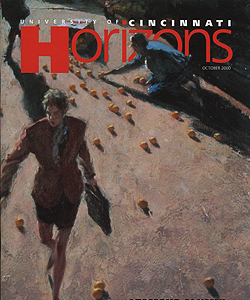
 Past Issues
Past Issues